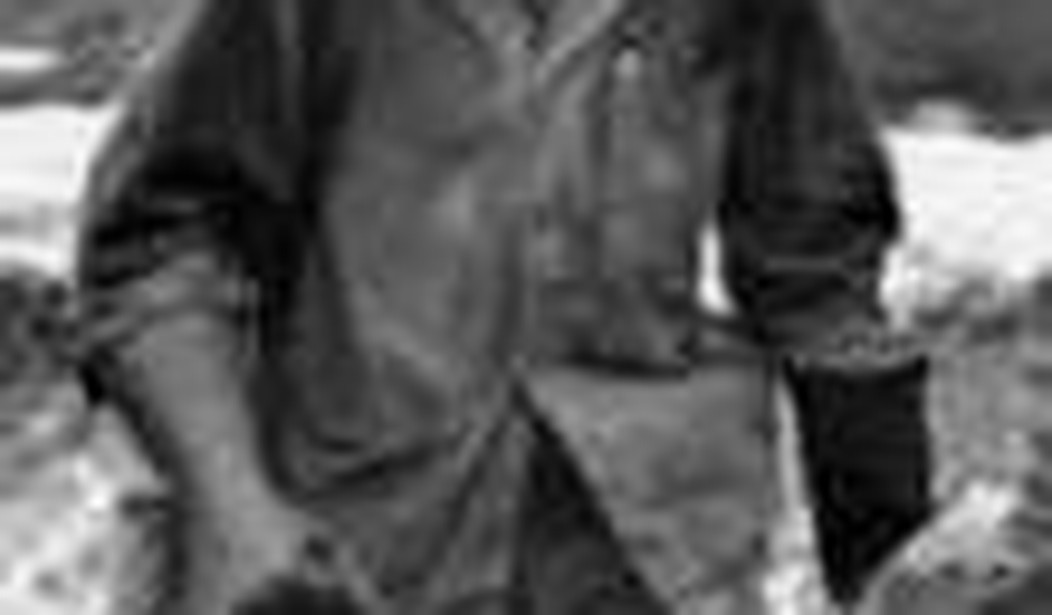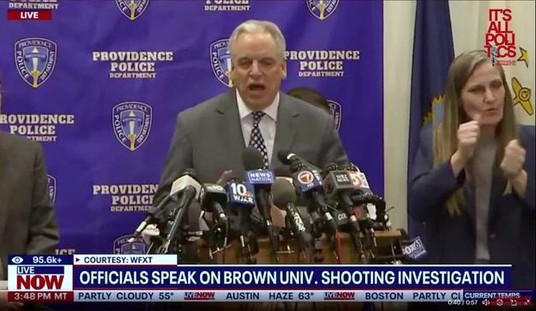Homer sang the Iliad. Josephus wrote the Jewish War. Norman women stitched the Bayeux Tapestry and Snorri Sturluson committed the Norse war sagas to verse. Shakespeare wrote Henry V.
All masterpieces of war. Now comes Ken Burns’ long-awaited, much-heralded World War II epic, “The War.” Stirring, poignant, tragic, stunning and shocking. Informative and insightful. A magnificent failure.
We’ll start with the “failure” part. Not having 15 hours like Burns did, we’ll keep this short and sweet.
To narrow the vastness of America’s World War II experience, Burns zeroed in on four towns. Mobile, Ala., Sacramento, Calif., Waterbury, Conn., and Luverne, Minn. This was not the only limitation Burns placed on himself, but he acknowledges his mistake by bolting across his own line to cherrypick from a few other places, Honolulu, Pasadena, Calif., and Waltham, Mass. Burns cut himself off from a choice of the best stories American has to offer. He’d have done better to let people and history, not places, be his guide. His gimmick, with its exhaustive scene-setting, was artificial and it doesn’t work.
Burns wanted to make a film about how ordinary people experienced the war, and that’s what he did. The great leaders and generals who guided their fates, the obstacles those leaders surmounted, the resourcefulness they displayed in their task, barely get lip service.
It wasn’t Burn’s goal to portray that. But it’s a critical omission. A 15-hour effort like “The War,” by a master of the form, won’t be repeated soon. With a school curriculum ready to go, “The War” could shape understanding of World War II, the epic contest of our time, for generations to come.
“The War” doesn’t celebrate triumph over adversity. Of course, it documents the grunts who managed to pull themselves out of muddy holes and push forward to certain death, and the struggle of blacks, Latinos and Japanese Americans to transcend hatred. But the war as an uncertain entity guided by determined leaders such as Roosevelt, Marshall, Eisenhower, Nimitz and even those field commanders such as Patton, is mentioned in passing when it is mentioned at all. Leaders, it would seem, are more often uncaring bumblers. We are denied the intimate portraits of wartime greatness Burns explored so well in his epic “The Civil War.”
Instead, “The War” is a death-obsessed dirge, dwelling on the ugliest parts of war, more interested in folly than success. Even extraordinary heroism gets short shrift. “The War” is about the meat grinder and the dutiful submission of good citizens to their fate. Victory is presented as an almost foregone conclusion, threatened only by the foolish mistakes of generals. Victory is only a death-ridden slog away, as long as Americans are willing to make that slog, despite their leaders’ shortcomings. The brief references to those leaders, their maneuvers and deceptions, their calculations and adjustments in strategy, are just a backdrop to the common man’s tale … which in “The War” fails to include the contributions of thousands upon thousands who toiled in other places than the factories and the front lines to which Burns limits his view. Burns takes his 15 hours and leaves us with a truncated view.
In technical matters, often banal commentary could have been greatly improved by editing. The artful string music is often a distraction and poorly connected to the action. Interviews appear to have been inexpertly conducted, to judge by answers that suggest the most common question was “How did you feel?” That one stereotypic question, any professional can tell you, is least likely to cut to the heart of the matter. A dearth of choking up on the part of veterans of heavy combat in these interviews suggests they were not well encouraged to take us to the worst places they know.
But let’s talk about the magnificence. It is there is abundance. Never-before-aired footage and still photography, and Burns’ expert cinematic editing, offer an unparalleled view of combat, instantly recognizable as unfiltered, front-line action. It is a reality the best filmmakers, despite their game efforts, may never be able to reproduce. The work of military combat cameramen, many of whom died to produce it, is stunning and often horrifying, but always magnificent, perhaps the best possible tribute to all those who fought and those who died.
“The War” similarly is at its best in portraying the zeitgeist of World War II America when it falls back on contemporary newspaper columns, letters, photos and newsreels, which at the high points substitute for narration. A small-town Minnesota newspaper editor’s columns and Ernie Pyle only highlight the inadequacy of that narration. More would have been better.
And then there are the stories of the common people. Despite the limitations imposed by Burns’ four-town gimmick and the failings of the interviewer, they stab at the heart.
It is may be impossible for any teller to botch the tale of the greatest war ever to blight the face of the earth. And “magnificent failure” may be too harsh a label to slap on “The War.” Maybe it is better to say, as a success, it is OK.
“The War” is, however, mandatory viewing this week. Despite some of the choices he made, Ken Burns is a master. You’ll learn from his work. You’ll be inspired by it. You’ll be haunted by it.
It just could have been so much more.
Read more Jules Crittenden at Forward Movement, where he is hosting a paid ad for “The War.”
“The War” is a seven-episode series starting Sunday Sept. 23 at 8 p.m.-10-30 p.m. on PBS, and continues through Wednesday. It resumes Sunday Sept. 30, through Tuesday Oct. 2.









Join the conversation as a VIP Member